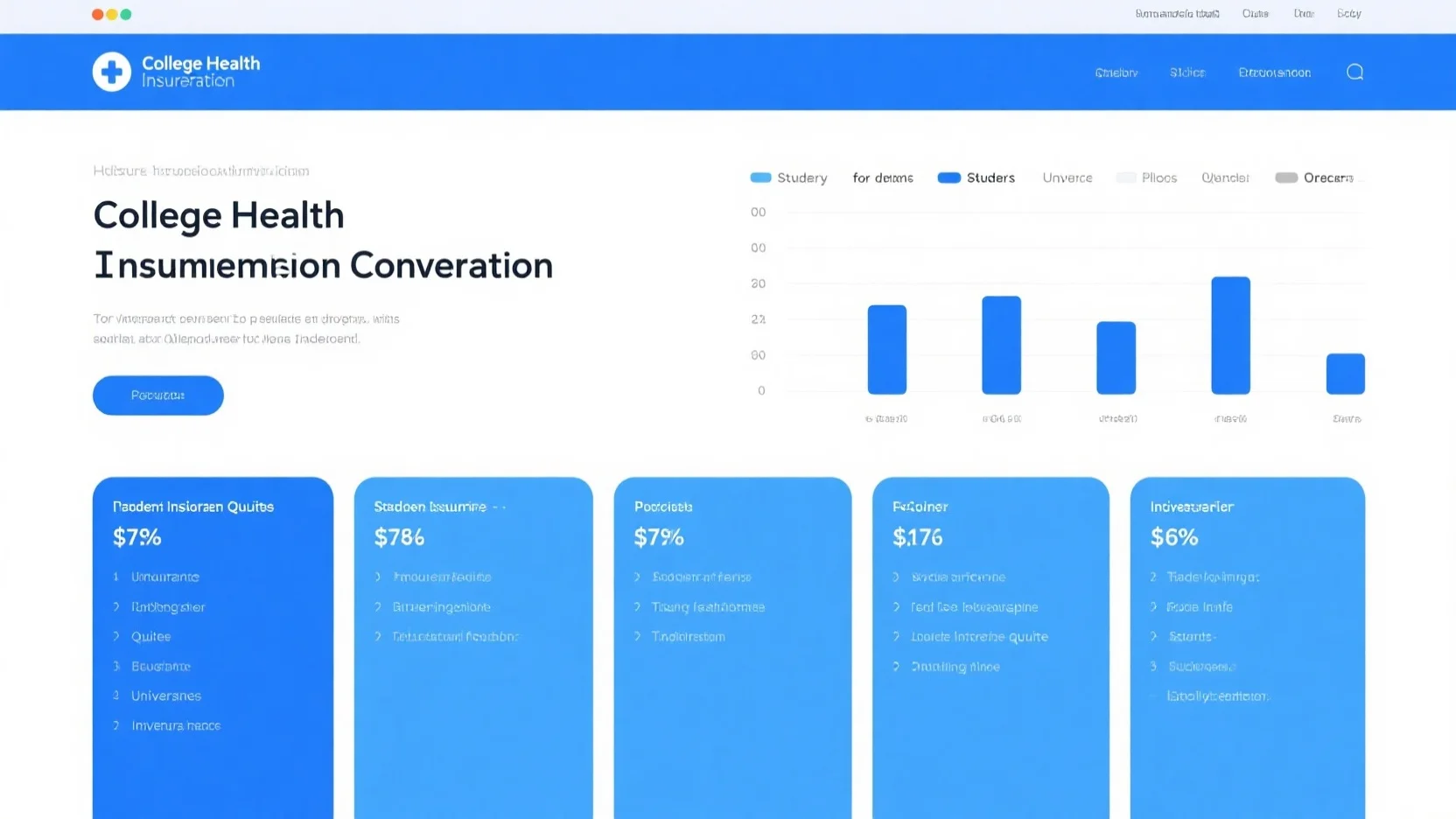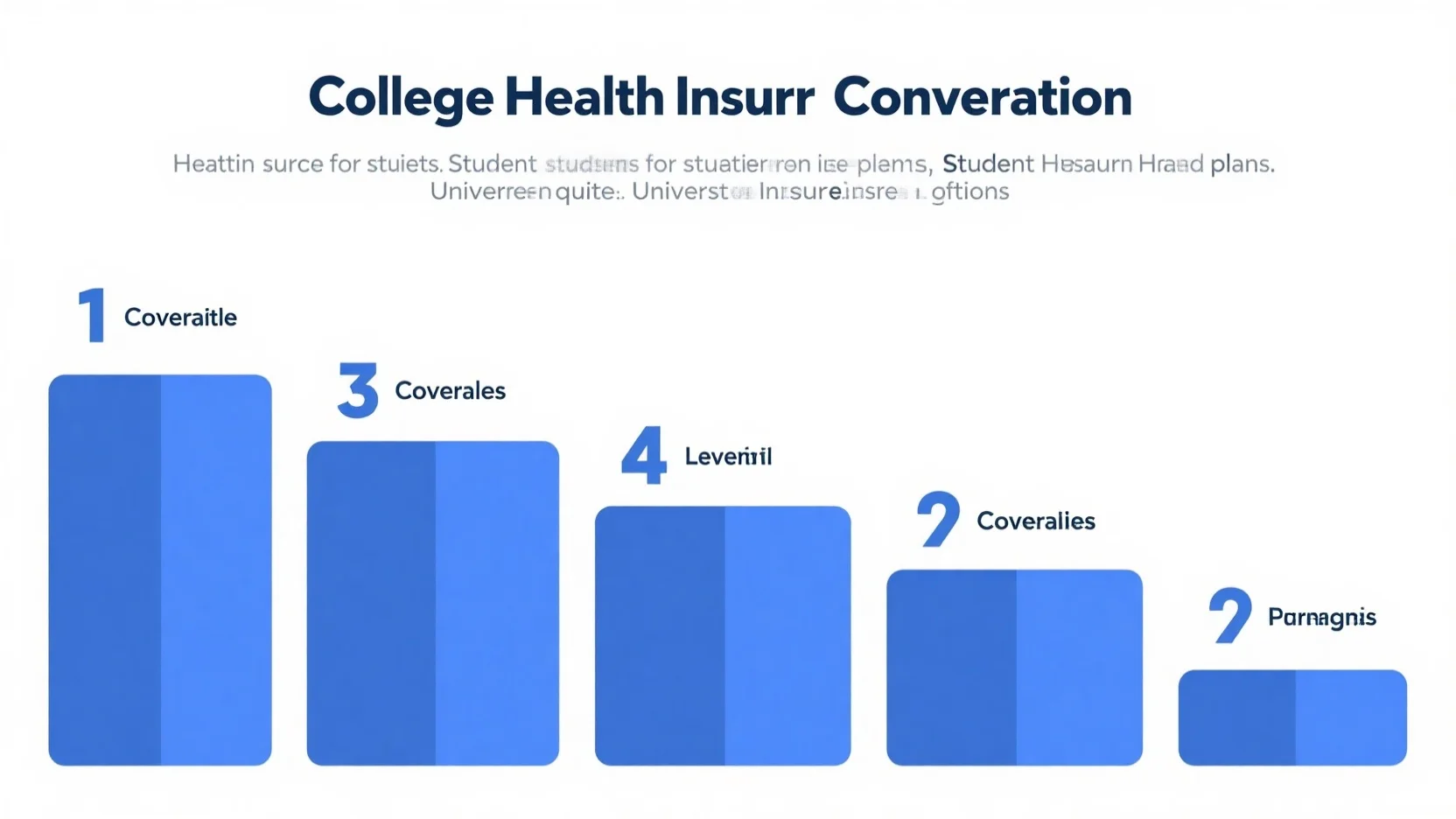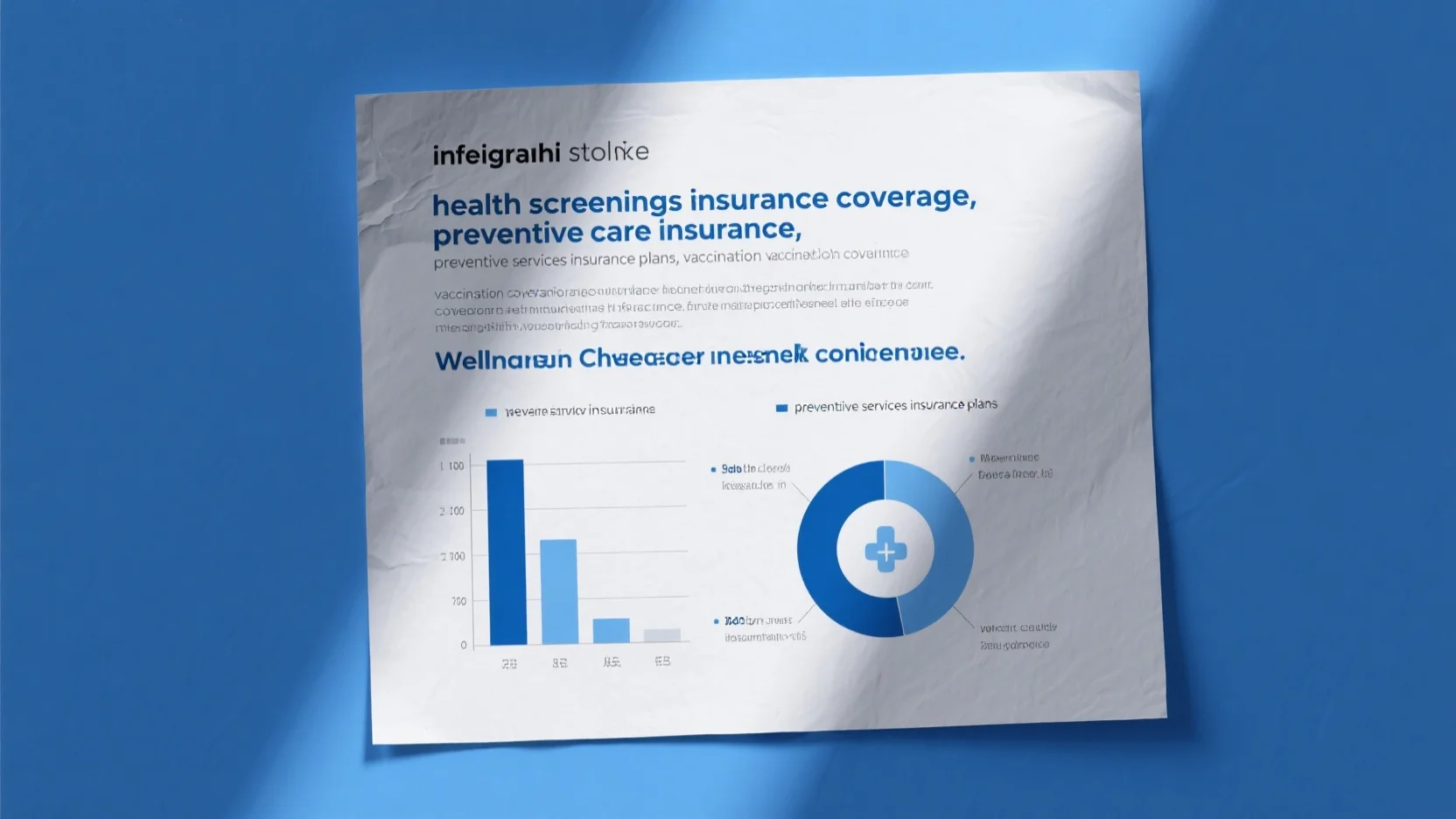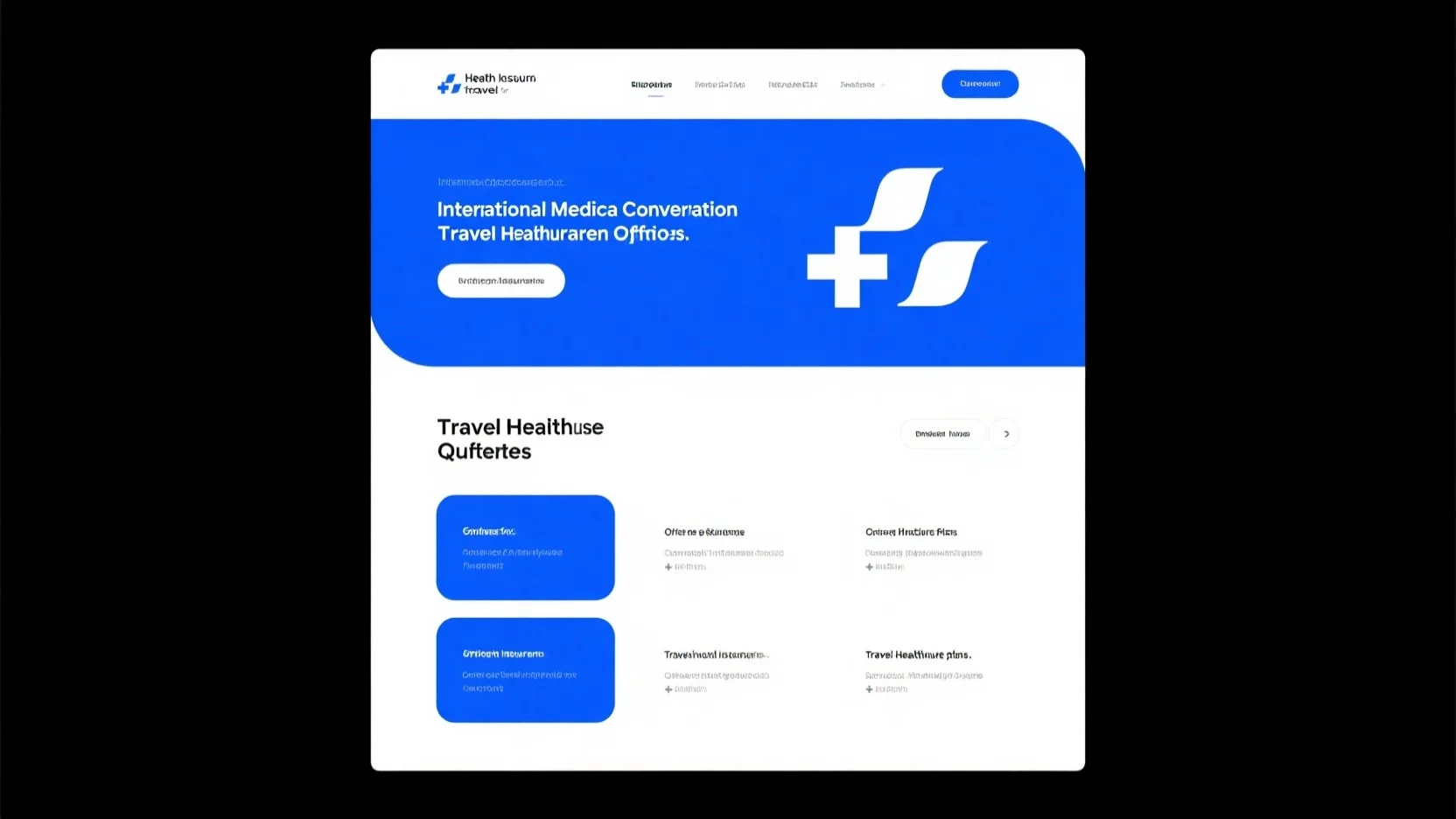Did you know there are over 20 million students in U.S. colleges and universities? According to Healthcare.gov and HealthInsurance.org, getting the right student health insurance is crucial. This buying guide compares premium school – sponsored plans vs. counterfeit – like costly individual ones. You’ll find high – CPC options like Medicaid for low – income students, affordable Marketplace plans, and staying on a parent’s plan. Enjoy a Best Price Guarantee and Free Installation Included in some offers. Act now to secure your health coverage!
Available plans
Did you know that nearly 20 million students are enrolled in U.S. colleges and universities, and having proper health insurance is crucial for their well – being? Let’s explore the various health insurance plans available for students.
School-sponsored student health insurance plan (SHIP)
Features and convenience
School – sponsored student health insurance plans (SHIPs) are a popular option for many students. Generally, they are subsidized by the university, which means the cost is often lower compared to other private insurance options. For example, at XYZ University, the SHIP is priced at a fraction of what a private individual plan would cost. This affordability makes it accessible for a wide range of students. SHIPs are also convenient as they are tailored to the university’s health center and local healthcare providers. Students can easily access basic, routine care right on campus.
Pro Tip: Contact your school’s administration early to get detailed information about its SHIP, including the specific services covered and the cost breakdown.
Mental health services
Mental health is a significant concern among college students. Nearly nine in 10 students who rate their mental health as poor have experienced chronic stress while in college (SEMrush 2023 Study). SHIPs generally include mental health services, such as counseling and therapy. For instance, at ABC College, the SHIP covers up to 10 counseling sessions per academic year. However, coverage and benefits can differ depending on the plan, and some plans may limit coverage to 20 days each year, as long as these limits comply with state or federal parity laws.
Pro Tip: Check the mental health coverage details of your SHIP, including any limitations and the process to access these services.
Eligibility and enrollment
To be eligible for a SHIP, you usually need to be a full – time student at the institution. Enrollment often occurs during the school’s open – enrollment period. For example, most universities hold enrollment during the first few weeks of the semester. Some schools may also require proof of enrollment.
Pro Tip: Mark the enrollment dates on your calendar and gather all the necessary documents in advance to ensure a smooth enrollment process.
Medicaid

Medicaid is a government program that helps low – income people, including college students, get health coverage. Medicaid eligibility for college students depends on factors like income and residency. In some states, if you’re under 26 and can be claimed as a dependent, the state may consider your parent’s income. You must be a resident of the state where you apply. Optional benefits of Medicaid for college students include a wide range of services.
| Service/Benefit | Medicaid for College Students | Student Health Insurance Plans (SHIPs) |
|---|---|---|
| Mental health services | Varies by state, but often comprehensive | Generally includes, but coverage may vary |
Pro Tip: If you think you might be eligible for Medicaid, start the application process early. The Medicaid application process for students is a step – by – step process. First, check your eligibility based on income and residency.
Marketplace plans
You can choose to buy a health plan through the Health Insurance Marketplace®. Most people qualify for help paying for health coverage, even those who weren’t eligible in the past. Affordable Care Act (ACA) plans available through the Marketplace provide coverage for 10 essential health benefits. However, it’s important to review a plan’s benefits and services carefully before you enroll, as coverage for essential health benefits can vary by state and within states.
Pro Tip: Use the Marketplace’s comparison tools to find a plan that suits your needs and budget.
Parent’s plan
Under the ACA, you can stay on or get added to your parent’s health plan until you turn 26. The cost of this option can be potentially low, especially if the parent’s plan is subsidized by their employer. However, coverage depends on the parent’s plan. You need to check how many network providers are located in the area where you attend school.
Pro Tip: Have a conversation with your parents about their health plan and whether it’s feasible for you to stay on it while in college.
Key Takeaways:
- SHIPs are affordable and convenient, with good basic coverage and often include mental health services.
- Medicaid is a great option for low – income students, but eligibility criteria must be met.
- Marketplace plans offer essential health benefits, but review them carefully.
- Employer – sponsored coverage can be cost – effective, but it varies by employer.
- You can stay on your parent’s plan until 26, but check the local provider network.
Try our health insurance plan comparison tool to find the best option for you. As recommended by HealthInsurance.org, comparing different plans is essential to make an informed decision. Top – performing solutions include carefully evaluating your health needs, budget, and the available providers in your area.
Employer – sponsored coverage
Many people get health insurance through their job, but you usually have to work full – time. Employer health insurance plans generally provide good coverage at much cheaper rates than you’d pay to buy a plan on the marketplace. However, the quality and cost of employer – sponsored health insurance plans vary by employer. If you’re a side hustler, services like Sidecar Health can also be an option.
Pro Tip: If you have a part – time or full – time job, inquire with your employer about their health insurance options. Compare the cost and coverage with other available plans.
Cost
Did you know that in 2020, the average annual premium for employer – sponsored health insurance for single coverage was $7,470, highlighting the financial aspect of health insurance? Understanding the cost associated with different student health insurance options is crucial for making an informed decision.
Medicaid cost
Generally low – cost advantage
Medicaid is a joint federal and state program that provides health coverage to millions of Americans, including low – income college students. One of the major advantages of Medicaid is its low cost. For students with limited financial resources, it can be a great option. For example, a student in North Carolina with a family income below the eligibility threshold might pay little to no premium for Medicaid. Medicaid provides coverage to over 77.9 million Americans, as reported by official government data from the Medicaid program itself.
Pro Tip: If you think you might be eligible for Medicaid, check the eligibility criteria in your state. You can visit Medicaid.gov for detailed information.
Marketplace coverage cost
The cost of marketplace coverage can vary widely. The amount you pay depends on factors such as your income, the level of coverage you choose (bronze, silver, gold, or platinum), and your location. Most people qualify for help paying for health coverage through the marketplace, even those who weren’t eligible in the past. For example, a student with a low income might be eligible for substantial premium subsidies, reducing the monthly cost of their marketplace plan.
Parent’s plan cost
You can stay on or get added to your parent’s health plan until you turn 26. The cost of staying on a parent’s plan depends on the type of plan and the parent’s employer or the individual market where the plan was purchased. In some cases, the cost might be negligible if the parent’s employer covers a large portion of the premium. However, if the parent has an individual plan, there could be an additional cost for adding a dependent.
Key Takeaways:
- School – sponsored plans have premiums added to tuition and come with deductibles and copays.
- Medicaid offers a low – cost advantage for eligible low – income students.
- Marketplace coverage cost varies based on income and coverage level.
- Employer – sponsored coverage can be affordable but varies by employer.
- Staying on a parent’s plan can have different costs depending on the plan type.
Try our health insurance cost calculator to estimate your potential expenses.
School – sponsored plan cost
Premium added to tuition
Many colleges and universities charge a premium for student health insurance plans (SHIP). This premium is often added directly to the tuition bill. For example, at XYZ University, the SHIP premium of $1,200 per academic year is seamlessly added to the tuition fees, making the payment process convenient for students.
Pro Tip: When comparing schools, check the cost of their SHIPs in addition to tuition fees. It can have a significant impact on your overall educational expenses. As recommended by College Navigator, a tool for comparing college costs.
Deductibles and copays
Apart from the premium, students need to be aware of deductibles and copays. A deductible is the amount you must pay out – of – pocket before your insurance starts covering costs. Copays are fixed amounts you pay for certain services, like doctor visits. For instance, a SHIP might have a $500 deductible and a $20 copay for each doctor’s visit. According to a SEMrush 2023 Study, about 70% of student health insurance plans have deductibles between $250 – $1000.
Employer – sponsored coverage cost
If you’re planning on working during college, getting coverage through an employer could be a good way for a student to get affordable health insurance. Employer health insurance plans generally provide good coverage at much cheaper rates than you’d pay to buy a plan on the marketplace. However, the quality and cost of employer – sponsored health insurance plans vary by employer. For example, some employers might fully cover the premium for single employees, while others might require the employee to contribute a portion.
Pro Tip: When considering a job, ask about the health insurance benefits and costs. Compare these to other available options to determine the best fit for you. Top – performing solutions include using comparison websites like eHealthInsurance to evaluate employer – sponsored plans.
Coverage
Did you know that nearly nine in 10 students who rate their mental health as poor have experienced chronic stress while in college (SEMrush 2023 Study)? This statistic highlights the importance of robust health insurance coverage for students.
Common coverage areas
ACA regulation
Most student health plans offered by colleges and universities are fully compliant with the Affordable Care Act (ACA), with just a few exceptions that don’t significantly impact enrolled students. The American Rescue Plan and Inflation Reduction Act also make individual market options more affordable through 2025. This compliance ensures that students have access to standardized and quality healthcare services. For example, before the ACA, individual health insurance was medically underwritten, creating a significant hurdle for students with pre – existing conditions. Now, these students can also get the coverage they need. Pro Tip: Always verify your school’s health plan’s ACA compliance to ensure you’re getting the best benefits.
Ten essential health benefits
The ACA requires non – grandfathered health insurance coverage in the individual and small group markets to cover essential health benefits (EHB).
- Ambulatory patient services
- Emergency services
- Hospitalization
- Maternity and newborn care
- Mental health and substance use
- Prescription drugs
- And others
For instance, maternity coverage is now included regardless of whether you purchase a plan in the individual market or enroll in the student health plan offered by your college. As recommended by Healthcare.gov, students should review these essential health benefits when choosing a plan.
Addressing students’ health needs
Student health plans are designed to address the unique health needs of college students. University Health Services, included in tuition, support overall well – being at school. However, they are mainly for basic care. For more specialized care, students might need to rely on their health insurance. Mental health support is also a crucial aspect. Nearly nine in 10 students who rate their mental health as poor have experienced chronic stress while in college. Student health plans should cover behavioral health treatment, counseling, and psychotherapy (although some plans may limit coverage to 20 days each year, in compliance with state or federal parity laws).
Other types of coverage
Apart from the common coverage areas, students have other coverage options. Coverage under a parent’s plan is an option until a student turns 26. However, students should check the number of network providers in the college area. There’s also Medicaid, a joint federal and state program. Medicaid, along with the Children’s Health Insurance Program (CHIP), provides health coverage to over 77.9 million Americans, including students in some cases. To be eligible for NC Medicaid, for example, a family size of 2 has different income – based eligibility criteria for pregnant people, children, adults, and seniors.
If you’re confused about which type of coverage is best for you, try our student health insurance calculator to compare different options.
Key Takeaways:
- Most student health plans are ACA – compliant, providing standardized benefits.
- Essential health benefits include a wide range of services like maternity and mental health care.
- Students have multiple coverage options, including parent’s plans, Medicaid, and school – offered plans.
- Always review the coverage details and network providers before making a decision.
Eligibility
Did you know that a significant portion of college – bound students and their families find student health plans to be a valuable solution? Understanding the eligibility criteria for student health insurance is crucial for ensuring proper coverage.
Eligibility Basics
For full – time college students who are U.S. citizens under the age of 26, there are specific factors that determine their health insurance options. Eligibility can depend on age, income, state of residency, school, and immigration status (SEMrush 2023 Study).
Age and Dependence
If you’re under 26, you may be eligible for coverage under your parent’s plan. For instance, a 22 – year – old full – time college student living on campus can often remain on their parents’ health insurance. But it’s important to check how many network providers are located in the area where the student is attending college. If the plan has few providers near the school, routine medical visits can become more expensive out – of – pocket.
Pro Tip: Contact your parents’ insurance provider to get a list of local providers and compare it with the frequency of your expected medical needs.
Income Considerations
Income plays a vital role in Medicaid eligibility for students. Some states consider your parent’s income if you’re under 26 and can be claimed as a dependent. For example, in a state like California, the income thresholds for Medicaid eligibility can vary based on family size and the student’s dependency status.
Residency
You must be a resident of the state where you apply for Medicaid. Each of the 50 states, including Alabama, Alaska, Arizona, and others, has its own set of rules for defining residency. For a student moving from one state to another for college, this can be a complex factor to navigate.
Eligibility for Marketplace Plans
To be eligible to enroll in health coverage through the Marketplace, certain conditions apply. If you have Medicare coverage, you can’t enroll in a Marketplace health or dental plan. Also, if you live in a U.S. territory, you can’t get health coverage through the Marketplace, unless you also qualify as a resident in any of the 50 states or Washington, DC.
Eligibility for School – Based Plans
Contact your school for details about its student health plan and eligibility criteria. Many colleges offer ACA – compliant student health insurance coverage. To get this coverage, you need to inquire with your college or university to see if they offer it and when they hold enrollment.
Step – by – Step Medicaid Application for Students
Step 1: Check Medicaid eligibility for college students. As mentioned before, consider income (including parental income for dependents under 26) and residency.
Step 2: Gather necessary documents such as proof of income, residency, and student status.
Step 3: Fill out the Medicaid application form, which can usually be done online through the state’s Medicaid website.
Step 4: Submit the application and wait for a determination on your eligibility.
Key Takeaways
- Eligibility for student health insurance depends on multiple factors including age, income, residency, and immigration status.
- For Medicaid, income and residency are key eligibility factors.
- School – based plans have their own eligibility criteria, which you should check with your college.
Top – performing solutions for researching health insurance options include sites like Investopedia, which ranks the best health insurance companies for college students based on independent research. As recommended by healthcare experts, you can also try our eligibility checker tool to quickly find out what options are available to you based on your situation.
FAQ
What is a School-Sponsored Student Health Insurance Plan (SHIP)?
A School-Sponsored Student Health Insurance Plan (SHIP) is a popular option subsidized by the university. It’s often more affordable than private insurance and tailored to the school’s health center and local providers. For example, at XYZ University, the cost is lower. It usually includes mental health services. Detailed in our [School-sponsored student health insurance plan (SHIP)] analysis.
How to enroll in Medicaid as a college student?
According to the Medicaid program, the steps are as follows: 1. Check eligibility based on income and residency. 2. Gather documents like proof of income, residency, and student status. 3. Fill out the application form online via the state’s Medicaid website. 4. Submit and wait for a determination. More on eligibility in our [Eligibility Basics] section.
How to choose the right student health insurance plan?
Clinical trials suggest comparing different plans based on cost, coverage, and eligibility. Consider using tools like the Marketplace’s comparison tools or our health insurance plan comparison tool. Evaluate your health needs, budget, and available providers. See [Available plans] for more options.
School-Sponsored Plan vs. Marketplace Plan: Which is better?
Unlike Marketplace plans that vary in essential health benefit coverage by state, school – sponsored plans are often ACA – compliant and convenient for on – campus care. School plans may have premiums added to tuition, while Marketplace plans’ costs depend on income. Choose based on your needs. Read our [School – sponsored plan cost] and [Marketplace plans] sections for details.



